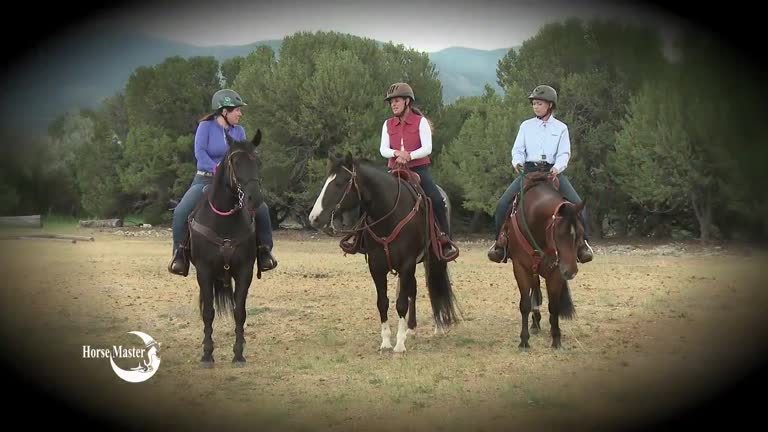Well, I am about to take the plunge and buy my first gaited horse. It’s not for me personally, but a horse for my sales program. I am strictly a regularly-gaited type horse person although I totally get the current popularity to this type of horse. For myself, I prefer the trot and canter and the athleticism that those gaits bring. But I totally get the appeal of gaited horses.
Between the influence of the Baby Boomer generation (born between 1946 and 1964) on the horse industry and the number of new riders coming into the sport (most of whom are in that age bracket), it’s no wonder the gaited horses have gotten so popular. It’s sort of like pushing the ‘easy button’. Have you tried a gaited horse? Are you sold on them or do you miss the trot?
I’ve always had a lot of requests for gaited horses in my horse sales program and the only reason I haven’t bought one before now is that it is very hard to find mature, well-trained, seasoned horses of that type that are for sale. There’s lots of youngsters on the market and the older gaited horses I found don’t meet my high standards for very broke, mannered horses. It’s getting increasingly harder to find good quarter horses in that category too, but they are much more prevalent than the gaited breeds, especially out here in the west.
Another problem with the gaited breeds is that just because a horse is bred and registered as a gaited horse, does not mean that he gaits well or gaits naturally. What many buyers of gaited horses are disappointed to discover is that a lot of gaited horses require the assistance of the rider to maintain their gait properly. Well, if you’re buying a gaited horse because you’re a beginner and you want it to be easy, this presents a problem. If the rider has the skill to assist the horse in its gaits, she’d probably be just fine riding a regularly gaited horse.
Finally I’ve found a cute little double registered TN Walker/Mountain Horse that meets my criteria for training and temperament. He is a 14 y/o black and white gelding, cute as a button, shown extensively and successfully by a young girl and trail ridden heavily over the past five years. He’s a been-there-done-that broke horse that anyone can ride and he’ll go over, under or through anything you point him at. He’s a great size too, at 14 hands. As I’ve said before, the older I get, the smaller I want my horses to be and this is a perfect size for a trail horse. I am eager to get him here, but it’ll be a few weeks before I can get him on a van.
What’s your take on gaited horses?
Enjoy the ride,
Julie
Become a Library Member HERE for more training information

